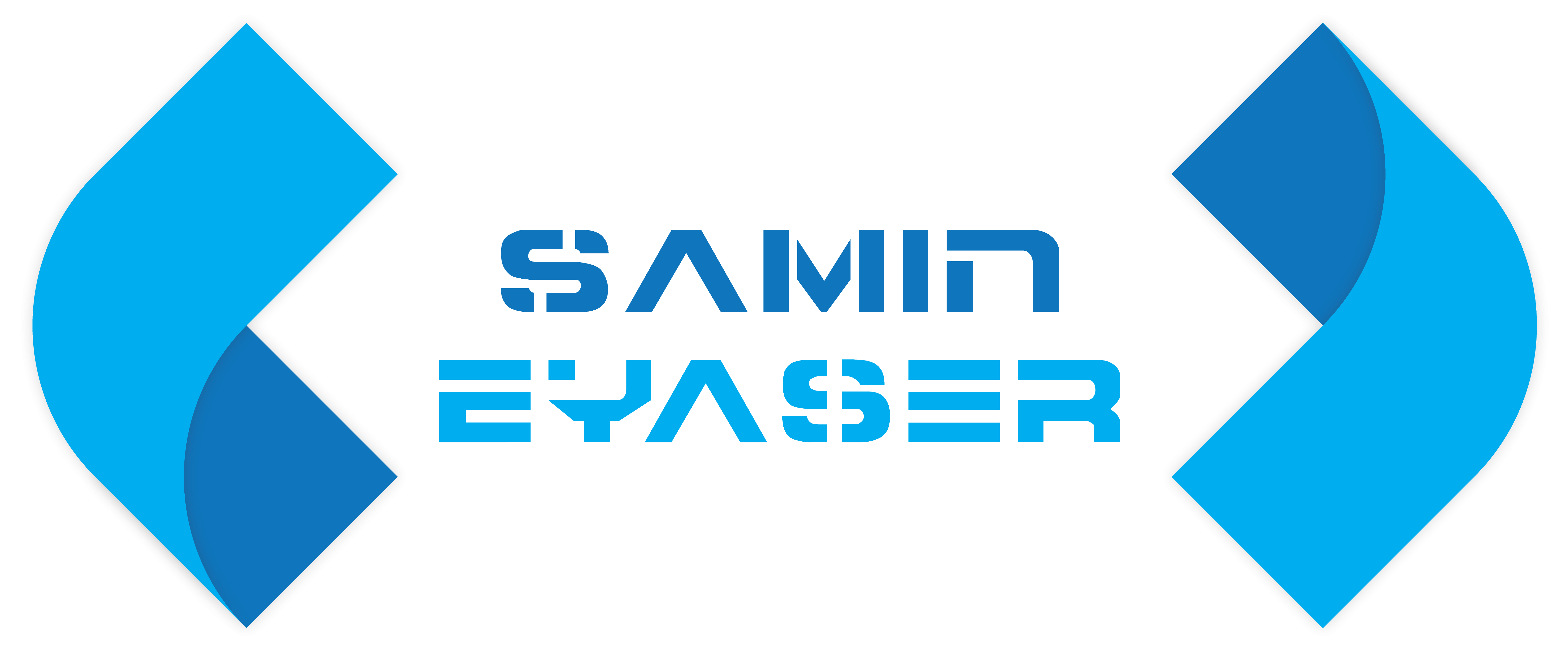How To Get The Best From Your Designer

In the fast-paced world of business and creativity, effective collaboration with your designer is crucial for achieving outstanding results. Whether you’re working on a brand refresh, website redesign, or creating marketing collateral, getting the best from your designer requires a thoughtful and collaborative approach. Let’s explore the key steps to ensure a harmonious partnership that brings your vision to life.
Introduction
In this dynamic process, communication is key, laying the foundation for a shared understanding of objectives and expectations. By clearly articulating your goals, preferences, and brand identity, you empower your designer to translate your vision into compelling visual elements. Embracing a transparent and open dialogue fosters creativity and ensures that the design aligns seamlessly with your unique needs. This collaborative approach not only enhances the efficiency of the design process but also cultivates a partnership where both parties contribute to achieving the best possible outcome and design projects are more than just visual aesthetics; they are a reflection of your brand identity and values. To unlock the full potential of your collaboration with a designer, it’s essential to establish clear communication and shared goals from the outset.
Understanding Your Needs
Before diving into the design process, take the time to assess your specific needs. Define the purpose of the project, identify your target audience, and outline your goals. This foundational understanding will guide both you and the designer throughout the creative process.
Researching Design Styles
Researching design styles is a pivotal phase in the creative process, offering a roadmap to visual aesthetics that resonate with specific objectives. Begin by exploring various design movements, such as minimalism, vintage, or contemporary styles, to identify those that align with the intended message or brand identity. Analyzing competitors and industry trends provides insights into what works well and what sets a design apart. Platforms like design galleries, social media, and design publications are valuable resources for staying updated on the latest design styles and emerging trends. Additionally, understanding the target audience and their preferences ensures that the chosen design style effectively communicates with and appeals to the intended demographic. Through thorough research, designers can draw inspiration and make informed decisions, resulting in a visual language that not only meets the project’s goals but also remains relevant and engaging. Additionally, Explore various design styles to pinpoint what resonates with your brand. Collect examples of designs you admire and discuss them with your designer. This not only inspires but also ensures that you and your designer are on the same page creatively.
Selecting the Right Designer
Choosing the right designer is a pivotal decision that shapes the success of any creative project. Begin by thoroughly reviewing the designer’s portfolio to assess their style, versatility, and past successes. Consider their expertise in the specific design elements or industry relevant to your vision. Effective communication is paramount—ensure the designer understands your goals and is responsive to feedback. Explore client testimonials for insights into their professionalism and ability to meet deadlines. A successful collaboration also hinges on a designer’s flexibility and willingness to adapt to the unique needs of your project. By carefully evaluating these factors, you can confidently select a designer who not only possesses the technical skills but also resonates with your creative vision.
Establishing Clear Communication
Establishing clear communication is the cornerstone of any successful collaboration. Whether working on a project, managing a team, or interacting with clients, the ability to convey ideas, expectations, and feedback effectively is paramount. This involves articulating thoughts concisely, actively listening to others, and fostering an environment where questions and clarifications are encouraged. Clear communication reduces the likelihood of misunderstandings, promotes a shared understanding of objectives, and enhances overall productivity. In professional settings, it builds trust, ensures alignment, and contributes to the smooth flow of information critical for successful outcomes. By prioritizing clarity and transparency in communication, individuals and teams can navigate challenges more efficiently and achieve their goals effectively.
Providing Constructive Feedback
Providing constructive feedback is a skill that fosters growth and improvement in various contexts, from professional relationships to creative collaborations. Constructive feedback focuses on specific behaviors or aspects, offering insights on strengths and areas for development in a positive and supportive manner. It involves being specific about what worked well, addressing areas that could be enhanced, and suggesting actionable steps for improvement. Effective constructive feedback is delivered with empathy, encouraging a growth mindset and fostering a constructive dialogue rather than criticism. By emphasizing the strengths and offering actionable suggestions, individuals can use feedback as a tool for continuous improvement, ultimately contributing to a more positive and productive environment
Embracing Creativity
Embracing creativity is not merely a choice but a mindset that unlocks boundless possibilities in various aspects of life. It involves cultivating a willingness to explore, take risks, and think beyond conventional boundaries. Creative thinking fosters innovative solutions, encouraging individuals to approach challenges with fresh perspectives. Whether in professional endeavors, problem-solving, or personal growth, the ability to embrace creativity sparks inspiration and ignites a sense of curiosity. It’s about valuing imagination, originality, and the courage to experiment. By fostering a culture that embraces creativity, individuals and organizations can tap into their full potential, navigating uncertainties with adaptability and turning ideas into reality. In a world that constantly evolves, embracing creativity becomes a powerful catalyst for progress and transformation.
Managing Timelines and Deadlines
Managing timelines and deadlines is a fundamental aspect of effective project management. It involves setting clear, realistic timelines for tasks and ensuring that they align with the overall project schedule. Breaking down larger projects into smaller, manageable tasks with assigned deadlines helps maintain focus and facilitates progress tracking. Effective communication is crucial in timeline management, as team members need to be aware of deadlines and expectations. Regular check-ins and updates can help identify potential delays early on, allowing for adjustments to be made to stay on course. Additionally, prioritizing tasks and allocating resources efficiently are key components of successful timeline management. This ensures that critical milestones are met and that the project progresses smoothly toward completion. By proactively managing timelines and deadlines, teams can enhance productivity, meet project goals, and deliver results promptly.
Handling Revisions Professionally
Handling revisions professionally is an integral aspect of collaborative work, ensuring that feedback is addressed constructively and the outcome aligns with expectations. Begin by approaching revisions with an open mindset, acknowledging that they are a natural part of the creative process. Actively listen to the feedback, seeking to understand the specific concerns or suggestions provided. When implementing revisions, communicate transparently about the changes made and how they address the feedback received. If there are constraints or challenges in incorporating certain revisions, offer alternative solutions or explanations to maintain a collaborative and solution-oriented atmosphere. Maintain a positive and professional tone throughout the revision process, recognizing that constructive feedback contributes to the overall improvement of the project. By handling revisions with professionalism, individuals contribute to a culture of continuous improvement, fostering stronger working relationships and achieving higher-quality outcomes.
Incorporating User Feedback
Incorporating user feedback is a crucial step in refining and optimizing products or services. By actively seeking and listening to feedback from users, businesses can gain valuable insights into user experiences, preferences, and potential areas for improvement. The process involves analyzing feedback systematically, identifying recurring themes or issues, and prioritizing changes based on their impact. Effective incorporation of user feedback requires a responsive and iterative approach. It involves implementing changes in subsequent iterations of a product or service, demonstrating a commitment to addressing user concerns. Transparent communication about the changes made and the rationale behind them helps build trust with the user community. By integrating user feedback into the design and development process, businesses can enhance user satisfaction, loyalty, and overall product quality. This user-centric approach not only leads to a better understanding of customer needs but also contributes to the continuous improvement and evolution of products or services.
Building a Long-Term Relationship
Recognize the value of a consistent design partner. Nurturing a long-term relationship fosters understanding, streamlines future projects, and ensures a cohesive visual identity across all your materials.
Staying Updated with Design Trends
Design is an ever-evolving field. Stay informed about the latest trends and encourage your designer to integrate modern elements that keep your brand current and relevant.
Balancing Cost and Quality
Understand the relationship between cost and quality in design services. Negotiate fair pricing that aligns with the complexity of your project and the expertise of the designer.
Overcoming Common Challenges
Address communication gaps and resolve disagreements amicably. A collaborative and solution-oriented approach ensures that challenges strengthen rather than hinder your partnership.
Conclusion
In conclusion, extracting the best results from your collaboration with a designer hinges on a foundation of clear communication, shared objectives, and mutual understanding. By fostering an open and transparent dialogue, you empower your designer to translate your vision into a compelling visual reality. Actively participating in the creative process, providing constructive feedback, and maintaining a collaborative spirit contribute to a dynamic partnership. Recognizing the unique strengths and expertise that each party brings to the table ensures a synergistic relationship that not only meets but exceeds creative expectations. Ultimately, the key to getting the best from your designer lies in cultivating a relationship built on trust, communication, and a shared commitment to achieving exceptional outcomes.
Frequently Asked Question
Q1. How do I find a designer with experience in my industry?
Ans: Look for designers who showcase relevant projects in your industry in their portfolio.
Q2. What should I do if I’m not satisfied with the initial design concepts?
Ans: Provide detailed feedback on what aspects you would like to see improved, and collaborate with the designer for revisions.
Q3. How can I keep design costs within budget without compromising quality?
Ans: Clearly outline your budget constraints from the beginning, and discuss ways to prioritize key design elements.
Q4. Is it important to follow design trends, or should I focus on a timeless look?
Ans: Balance is key. Integrating some current trends can keep your brand fresh, but aim for a design that stands the test of time.
Q5. How often should I communicate with the designer during the project?
Ans: Establish a communication schedule that includes regular updates and feedback sessions, ensuring you stay informed without being overly intrusive.
Thanks For Visiting Our Website

